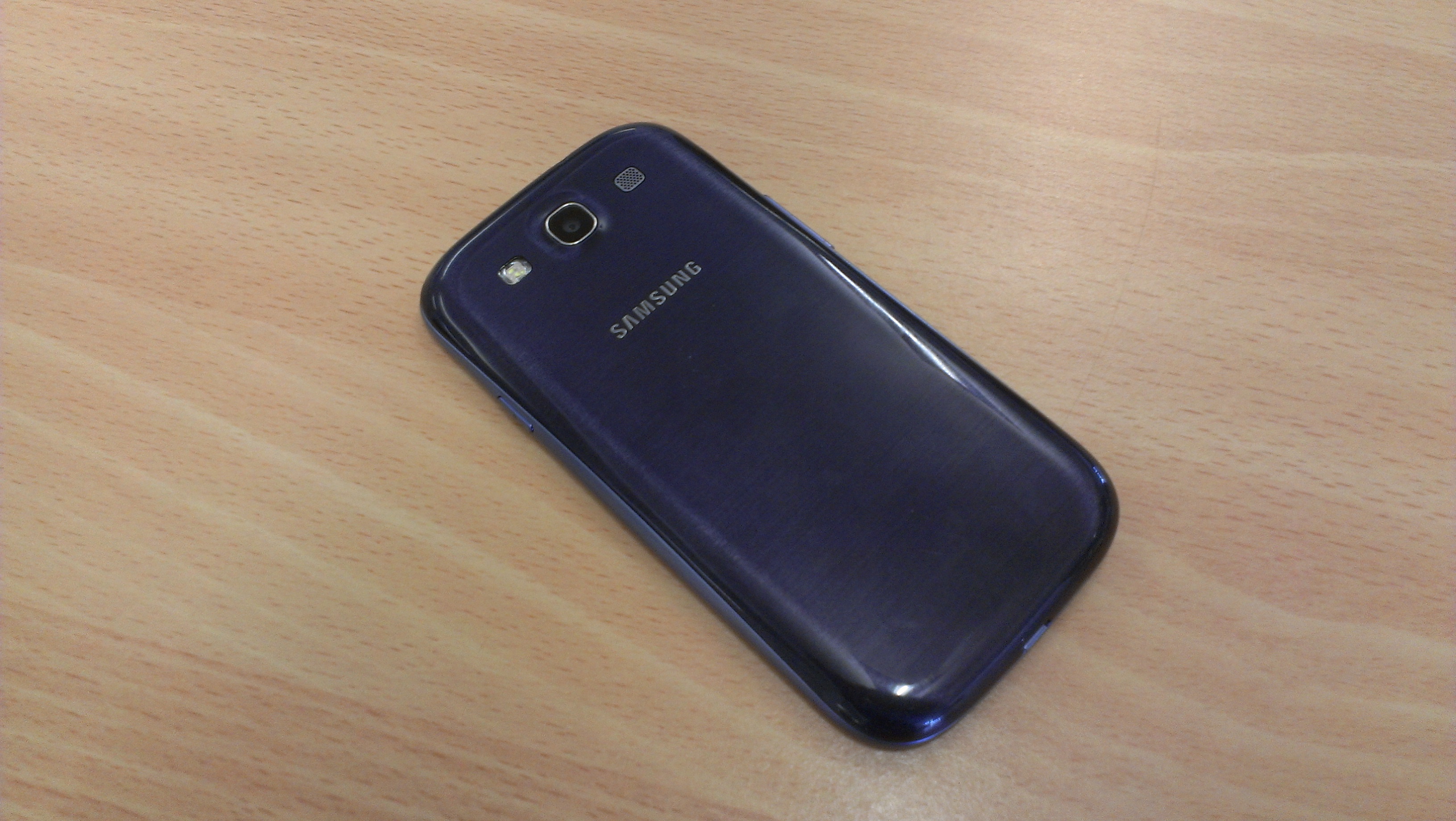Samsung Galaxy S3 Review: Best and worst features
The 4.8in device is one of the most highly anticipated Android devices of 2012. We go through the top five features of the Galaxy S3 and also point out its niggles.
We've found the positives far outweighed the negative aspects of the S3. The performance, screen and gestures are ahead of other Android devices on the market and make this the number one competitor to the iPhone 4S. In time we envisage Samsung will also be able to improve S-Voice as it's a server-based system and it should accumulate knowledge to answer questions. With the S3 available for free from as little as £26 per month, even the price is more than reasonable.
The successor to the phenomenally popular Galaxy S2 handset has enhanced specifications, an upgraded OS and introduces unique gesture-based features.
The S3 ships with a 4.8in Super AMOLED HD display and is powered by Samsung's own 1.4GHz Exynos quad-core processor. The device also includes 1GB of RAM, is available with 16/32/64GB of internal storage and supports an additional 64GB via the microSD slot.
We've whittled down our favourite features of the Android Ice Cream Sandwich handset and also managed to eek out five things we're not thrilled with.
BEST
5. Gestures which work
Gestures have been introduced on a number of Android handsets, including the preceding Galaxy S2, but they have been inconsistent and fiddly.
Samsung has heavily promoted the gesture set on the S3, so the firm would have been left red-faced if they didn't perform.
Out of the numerous features, Smart Stay, Direct Call, Palm Sweep and Turnover are our favourites and will be the most useful to business users. Although they are not perfect, we have used them regularly.
Smart Stay is a feature which uses the 1.9-megapixel front facing camera to track your eyes. When the phone detects you have looked away from the device, it will dim the display and switch off (depending on length of screen time out), but as long as you maintain eye contact, it will continue at full brightness.
Sign up today and you will receive a free copy of our Future Focus 2025 report - the leading guidance on AI, cybersecurity and other IT challenges as per 700+ senior executives
This is particularly useful if you put the device down for a couple of seconds. The display may dim, but once you pick it up it will brighten up. This is handy as it means the device will not dim when you are reading web pages, but we did find it to be inconsistent in low light.
Direct call is simpler, but just as effective. When you are viewing or writing a text message, browsing a contact or checking a missed call, the phone will call the person if you raise the device to your ear. The system isn't perfect and we found it to be inconsistent when you are typing message. However, when we were viewing a message, it worked everytime and saved a couple of clicks.

Palm Sweep helps to simplify the process of taking screen shots. These have always been fiddly on Android phones requiring users to simultaneously hold volume and lock buttons down.
To take a screen grab on the S3 you use the edge of your hand and swipe from the right hand edge to left edge (more examples of these later on). This is quick and particularly useful when using apps such as Docs to Go as you can take screen grabs of important pictures or documents.
It is also possible to capture screen grabs of internet web pages too, but these can be tricky as it is easy to scroll down by accident. We also found you have to be viewing the webpage in "desktop mode" and it is only possible to take screen grabs in portrait mode.
Turnover is another simple idea which will be useful for business user who forget to turn their devices to silent when entering meetings. If the phone rings, you turn it over to mute it instantly and avoid disruption.

-
 ‘1 engineer, 1 month, 1 million lines of code’: Microsoft wants to replace C and C++ code with Rust by 2030 – but a senior engineer insists the company has no plans on using AI to rewrite Windows source code
‘1 engineer, 1 month, 1 million lines of code’: Microsoft wants to replace C and C++ code with Rust by 2030 – but a senior engineer insists the company has no plans on using AI to rewrite Windows source codeNews Windows won’t be rewritten in Rust using AI, according to a senior Microsoft engineer, but the company still has bold plans for embracing the popular programming language
By Ross Kelly Published
-
 Google drops $4.75bn on data center and energy firm Intersect
Google drops $4.75bn on data center and energy firm IntersectNews The investment marks the latest move from Google to boost its infrastructure sustainability credentials
By Nicole Kobie Published
-
 OpenAI says prompt injection attacks are a serious threat for AI browsers – and it’s a problem that’s ‘unlikely to ever be fully solved'
OpenAI says prompt injection attacks are a serious threat for AI browsers – and it’s a problem that’s ‘unlikely to ever be fully solved'News OpenAI details efforts to protect ChatGPT Atlas against prompt injection attacks
By Nicole Kobie Published